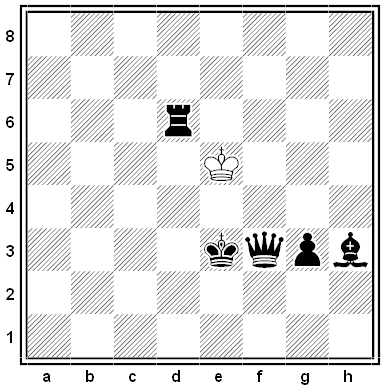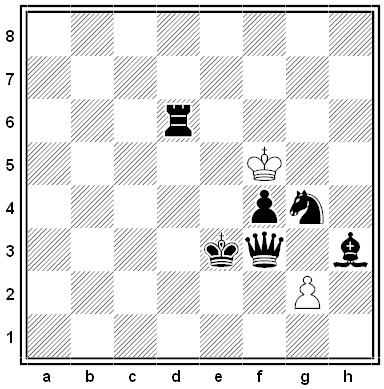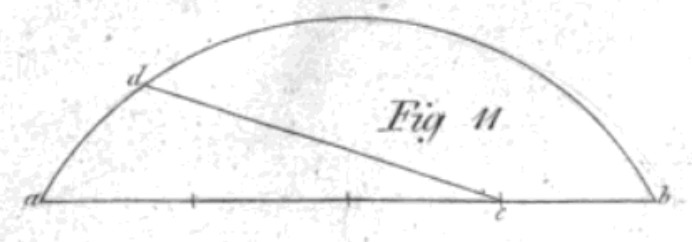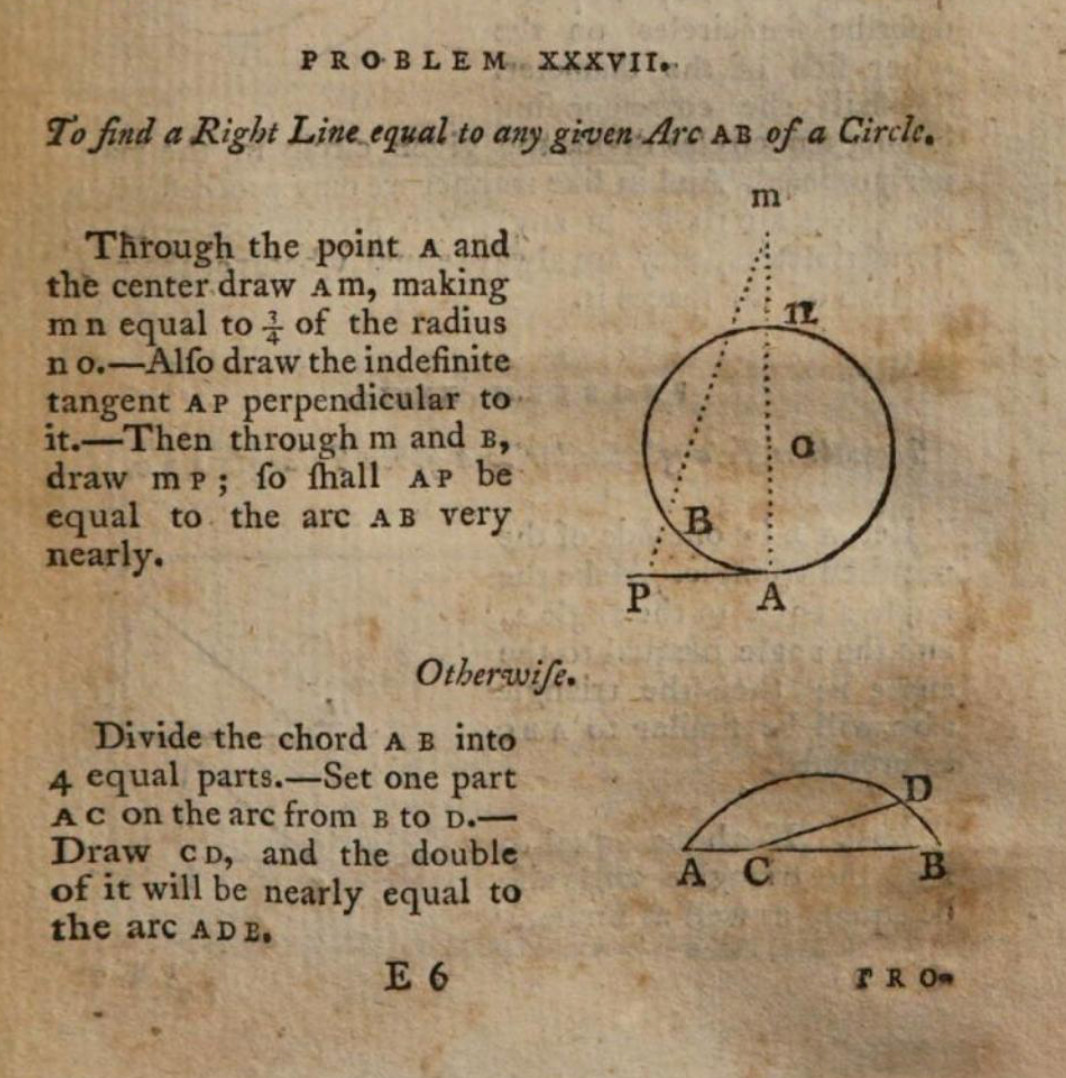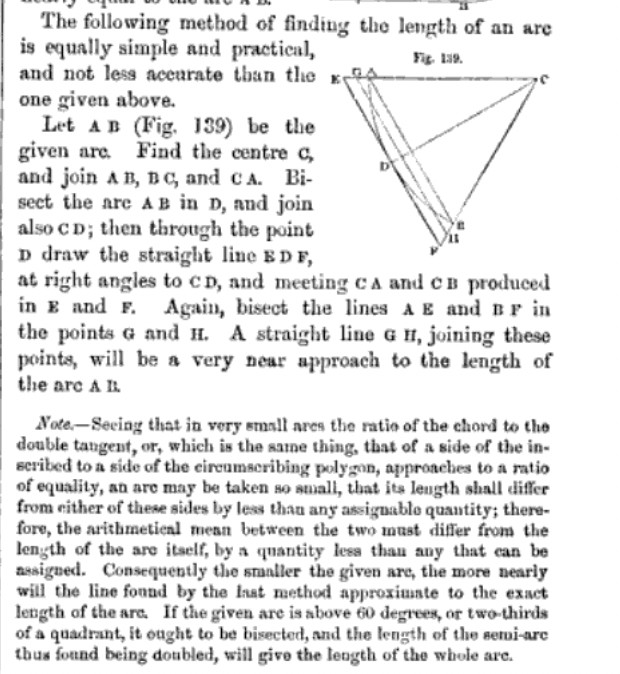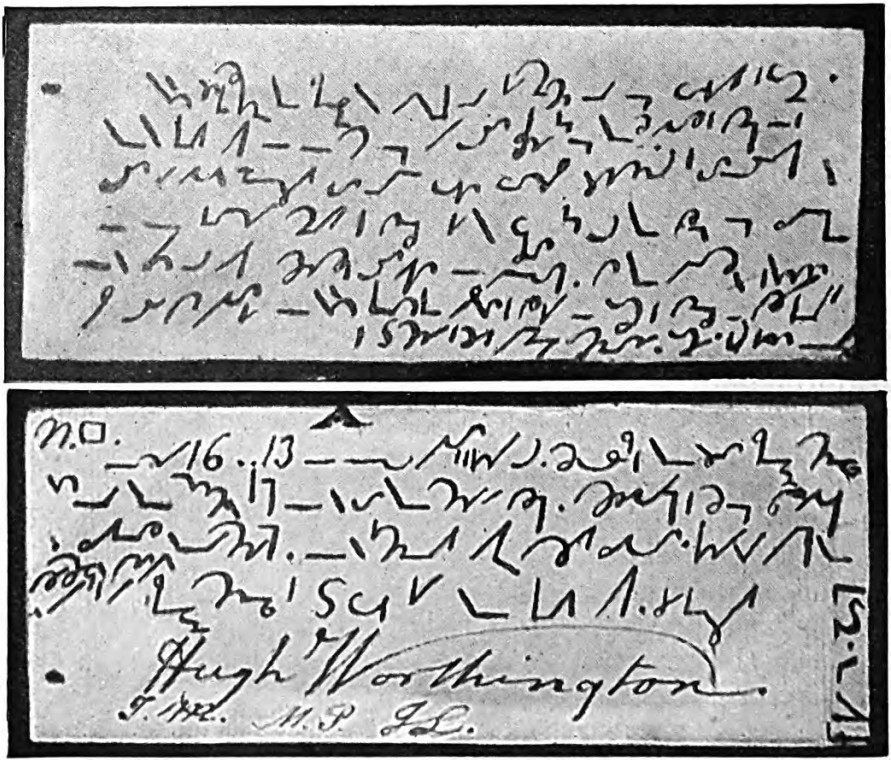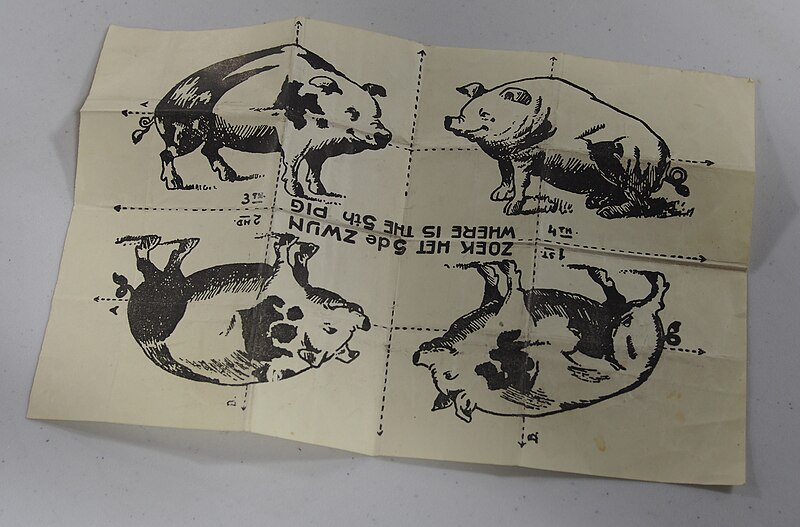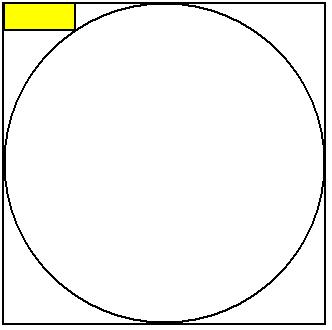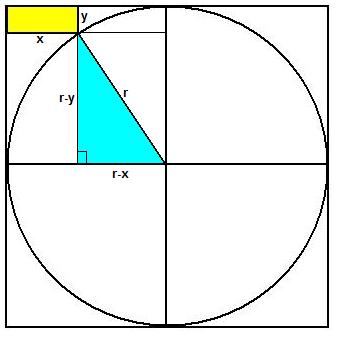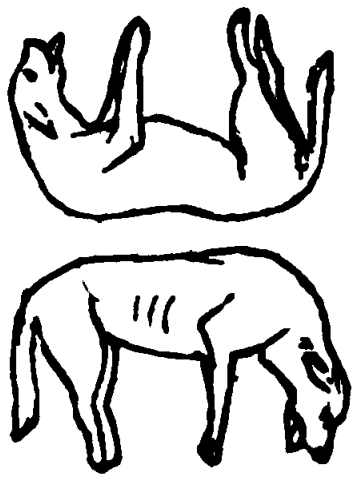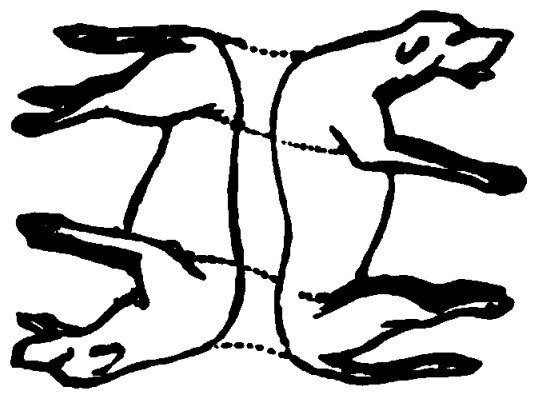The Journal International de Médecine carried a startling article in 1987: “Mise en Évidence Expérimentale d’une Organisation Tomatotopique chez la Soprano,” or “Experimental Demonstration of the Tomatotopic Organization in the Soprano (Cantatrix sopranica L.).” In it, author Georges Perec notes that throwing tomatoes at sopranos seems to induce a “yelling reaction” and sets out to understand why:
Tomatoes (Tomato rungisia vulgaris) were thrown by an automatic tomatothrower (Wait & See, 1972) monitored by an all-purpose laboratory computer (DID/92/85/P/331) operated on-line. Repetitive throwing allowed up to 9 projections per sec, thus mimicking the physiological conditions encountered by Sopranoes and other Singers on stage (Tebaldi, 1953). … Control experiments were made with other projectiles, as apple cores, cabbage runts, hats, roses, pumpkins, bullets, and ketchup (Heinz, 1952).
The paper concludes:
It has been shown above that tomato throwing provokes, along with a few other motor, visual, vegetative and behavioral reactions, neuronal responses in 3 distinctive brain areas: the nucleus anterior reticular thalami, pars lateralis (NARTpl), the anterior portion of the tractus leguminosus (apTL) and the dorsal part of the so-called musical sulcus (scMS).
It ends with an incomprehensible diagram modeling the anatomical organization of the yelling reaction. No practical advice is offered the sopranos.
10/18/2024 UPDATE: It appears that Perec wrote the piece originally in 1974 while working as a scientific archivist in the laboratory of neuroscientist André Hugelin. It was Perec’s contribution to a special volume presented to neurophysiologist Marthe Bonvallet on her retirement. (Thanks, Frederic and Bruce.)

